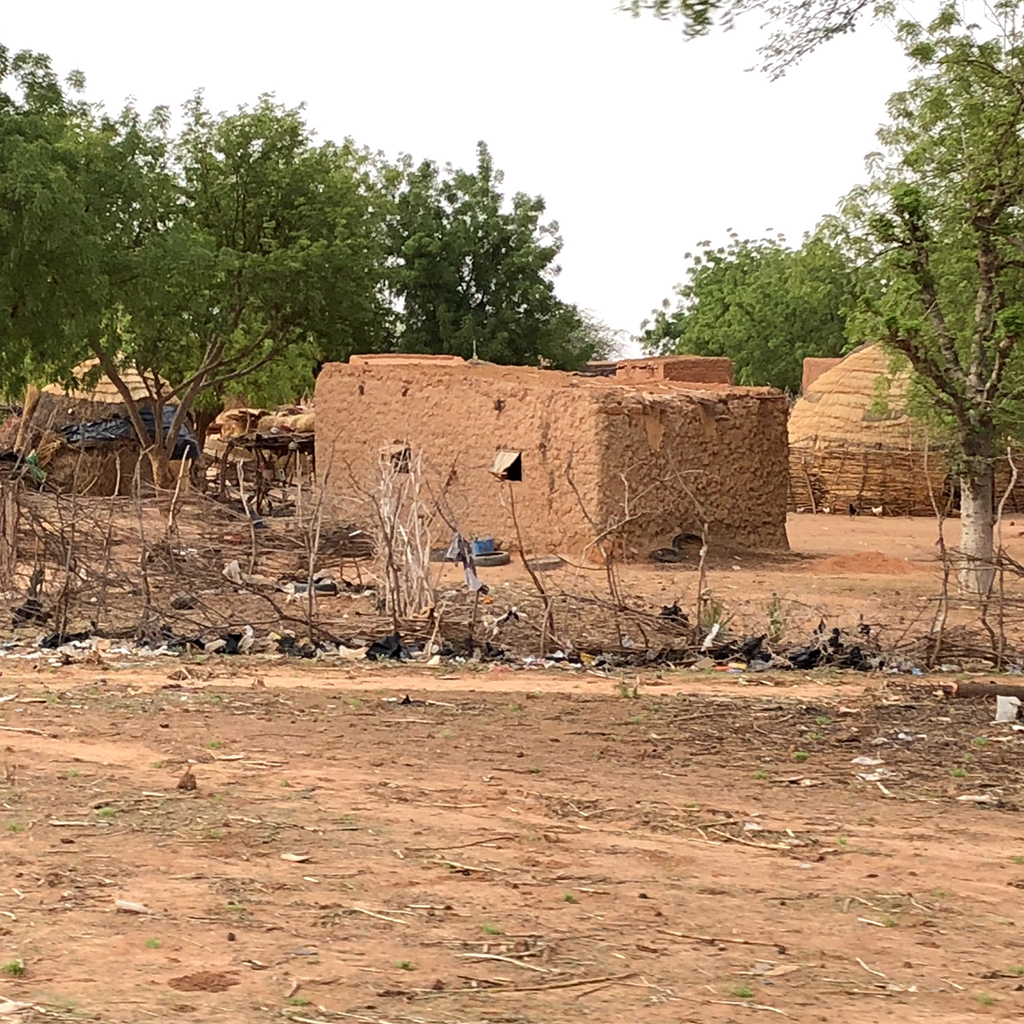Conjunctival Lesions.
Any conjunctival lesion ( Ocular Surface Squamous Neoplasm, etc. ) that you encounter overseas and are not sure about, needs to be excised with at least a 4 mm margin ( border ) Any white matter adjacent to the tumor mass is often keratin. If the superficial cornea ( epithelium ) appears to be involved, then do an alcohol-assisted epithelial scrapping ( epitheliectomy ). Scrap toward the involved limbus, not centrally. Rose Bengal can sometimes help delineate the abnormal conjunctival area. No touch technique. Cryo the bed and edge ( margins ) of the conjunctiva ( double freeze-thaw ). Of course if necessary you can do a lamellar keratoplasty ( trephine ) or lamellar – scleral excision ( partial thickness) — ? amniotic membrane? As I have mentioned previously the Alabama Eye Bank has preserved corneal tissue readily available. Be sure to collect the specimen to take back to your North American pathologist. Don’t expect someone to hand you the specimen at the end of the day.
Squamous cell carcinoma conjunctival lesions can be pigmented even in patients with African ancestry. You can use topical chemotherapy (MMC, 5-FU, Interferon ) but often need 4 cycles ( on / off ) which usually isn’t practical in a developing world situation where you may only see the patient once. You can carefully blow up the conjunctiva with a xylocaine with epinephrine injection and then cryo only the conjunctiva. Then excise.
Transillumination is often useful for diagnosing ciliary body pigmented tumors. Transilluminating is underutilized in the developing world. Of course, most developing world eye clinics do not have a muscle ( Finnoff ) light.
Glaucoma Symposium.
Memantine has been proven not to be neuroprotective.
All the known genetic disorders for glaucoma account for only 5% of glaucoma cases. Self-testing for genetic risk factors doesn’t hold up.
IOP lowering effects with marijuana inhalation is modest. Dr. Marc Liberman concluded that marijuana is less effective than currently available topical glaucoma agents. 50% of all federal prison cells are currently occupied by “ drug offenders “. Mighty expensive for the taxpayer but good business for the private companies ( and their lobbyists ) who build and manage prisons. My personal opinion is marijuana should be legalized/decriminalized, grown in the USA, regulated, and taxed. Our drug problem is destabilizing many Central America countries, not just Mexico — we’re talking big money here, really big. Our biggest threat from Mexico is not illegal immigrants but drug cartels controlling large areas of the country ( bribery, corruption, graft, killings, etc. ). The War On Drugs has failed but of course, our three biggest drug problems were never really addressed — alcohol, cigarettes, and legally prescribed drugs (narcotics/opiates such as oxycodone, uppers, downers, sedatives, tranquilizers, hypnotics, etc. ).
To change the subject, improving eye drop instillation technique would be helpful. — watch the tip when applying the drop. Apparently, there is something on YouTube on how to apply eye drops. In the States, only 31% of patients receive verbal education and less than 10% actually receive a demonstration on applying drops. One drop is all you need.
Tropical Eye Diseases.
Dr. Hugh Taylor gave an overview of where we have been and where we are currently with xerophthalmia, trachoma, and onchocerciasis. As with many diseases ( leprosy, TB, etc. ), as living conditions have improved the incidence of trachoma has decreased although we still have a ways to go.
Dr. David Friedman raised the issue of how to do ethical research in the developing world. He stated it is not easy to do research overseas. The local staff, involved in the project, need to have the proper skills. That certainly has been my experience.
Ergonomics / Musculoskeletal Disorders in the Ophthalmologist.
Higher incidence in ophthalmologists compared to family medicine doctors. 52% of all ophthalmologists have neck/back pain. Increased age is a risk factor ( what else is new ) but also awkward positions, repetitive motions, and long durations. Helpful hints : Try not to lend over ( forward ); Move the chair over when looking at second ( left ) eye; Ask the patient to move over / up; Always keep feet on the ground; Don’t flex neck; Support elbow with soft pad / cushion; Place laser pedal in better position; Use the back support; Try not to be in awkward positions; Raise / lower the table; Raise / lower the chair; Move cords out of the way; Maybe foam back support for your chair. Good ergonomics and ( specific/general ) exercise can be helpful. Also, adequate sleep and stress management can be useful.
Transient Monocular Blindness ( T.I.A. ).
Many of these patients go on to have a stroke within three months. This is now considered a medical emergency and many of these patients are admitted stat for evaluation, work up and imaging. Early ( quick ) neurology consultation may be in order.
Is it Retina or is it Optic Nerve?
| Symptom : | #1 | Metamorphopsia: | Optic Nerve– | Retina++++ |
| #2 | Afferent Pupillary Defect : | Optic Nerve++++ | Retina– |
We should all teach the usefulness of the Amsler grid. Usually you will not have an OCT unit in a rural developing world eye clinic but certainly, an Amsler grid test is doable. Underutilized.
In my opinion, the best Snellen chart ( 20 feet ) has the numbers optotypes which can be photocopied and laminated ( ? Staples, etc. ) as the photo demonstrates. More patients can read numbers rather than letters.

